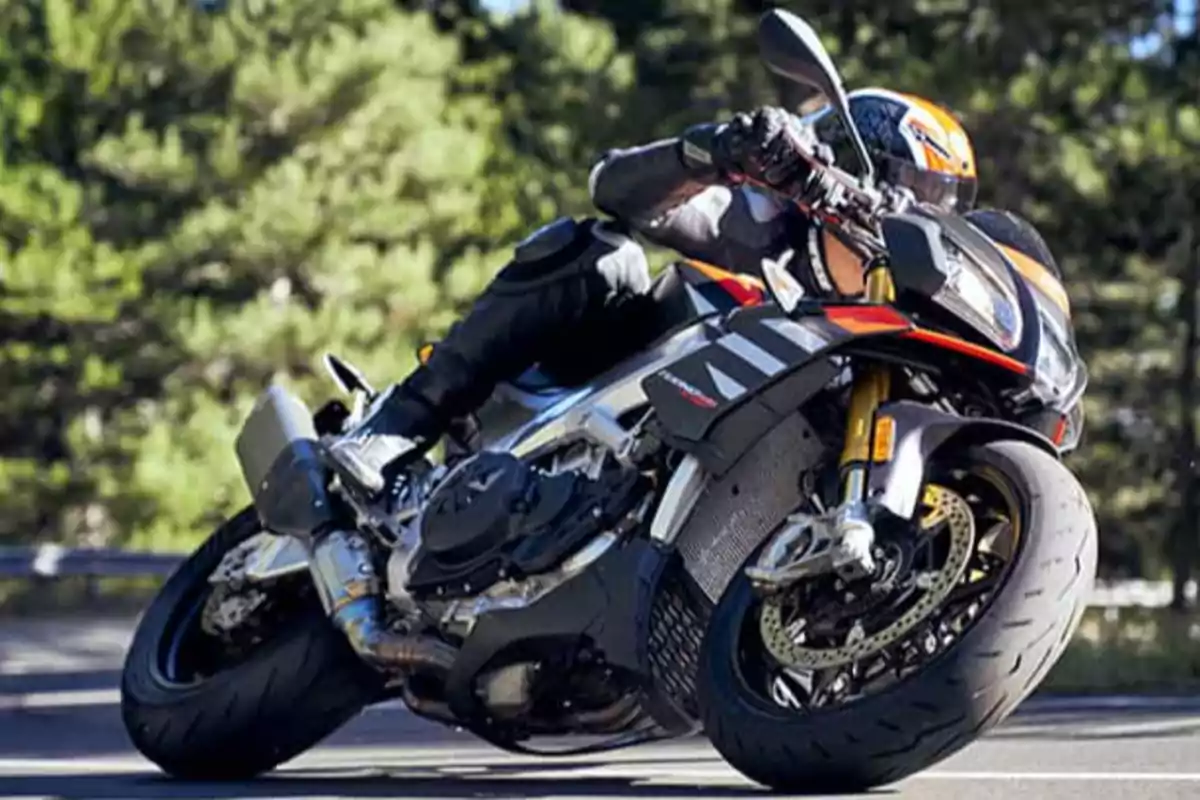
Tires: two safety aspects you should keep in mind
Pressure and tread pattern are essential for the proper performance of the motorcycle. Your safety and enjoyment depend on them
Tires are the only point of contact between your motorcycle and the asphalt. Yet, many times we forget about them.
It's not enough for them to be "black and round." If they don't have the right pressure or if their tread is worn out, the motorcycle's behavior changes.
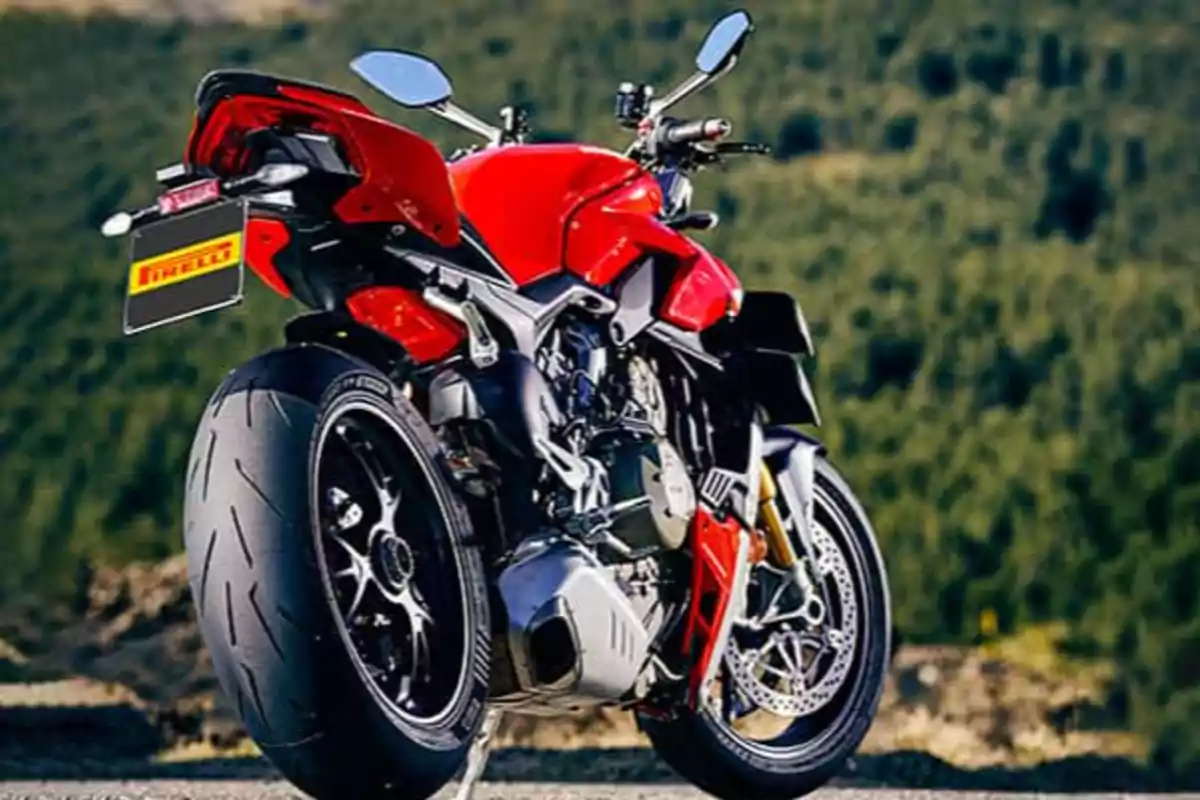
When this changes, your safety is at stake, of course. But also the sensations and the fun.
Pressure: not too much, not too little
Incorrect pressure is a winning ticket in the lottery of scares. If it's low, the motorcycle becomes imprecise, sluggish, and it can start to wobble in corners.
The tire profile becomes very flat, you have too much rubber on the ground, which makes the motorcycle heavy.
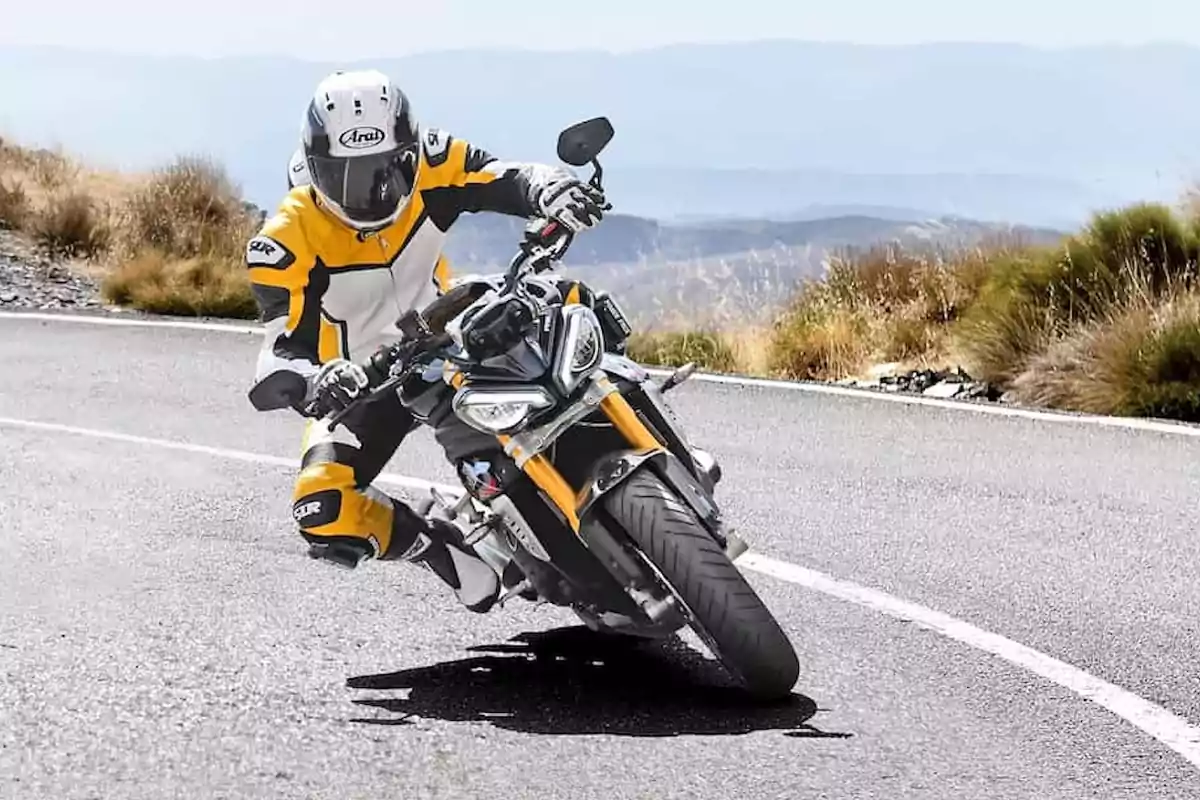
In addition, you run the risk, if that lack of pressure is excessive, of unseating the tire. In other words, the tire comes off the rim. Imagine how that situation ends.
If you ride with too much pressure, you lose grip and sensitivity. The motorcycle tiptoes, with little rubber in contact with the ground. It also becomes bouncy.
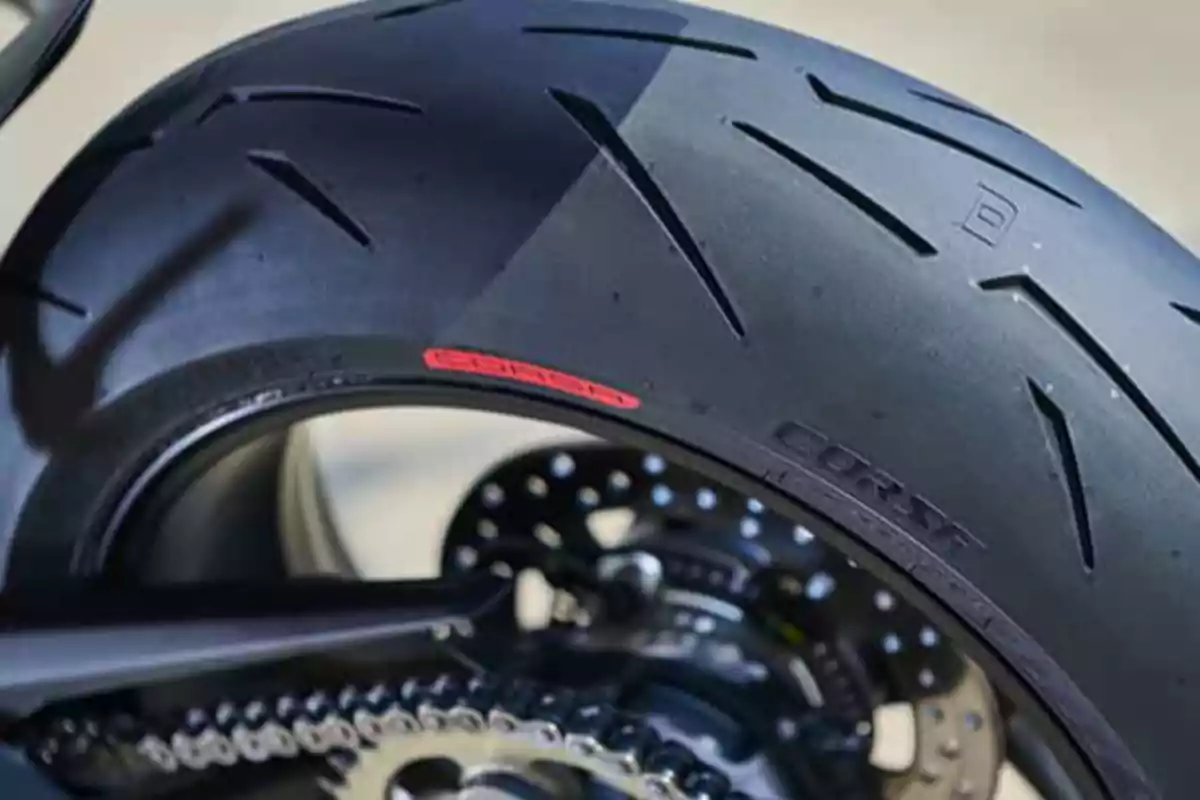
That's in dry conditions. If it rains, everything gets worse. An overinflated tire doesn't evacuate water well.
An underinflated one, simply, floats. It does what's commonly called "aquaplaning."
ALL MOTORCYCLES AND SCOOTERS FOR THE CAR LICENSE
The solution isn't difficult. You can have a reliable pressure gauge at home or check it every two weeks at the gas station. Or before every ride if you're loaded, carrying a passenger, or it's very hot.
Because pressure also changes with temperature. A cold tire and a hot tire don't behave the same.
Tread: depth with purpose
The second major point to always watch is the tread. The legal limit is 0.06 in. (1.6 mm), but you shouldn't wait to reach that. It's not just a matter of how much is left.
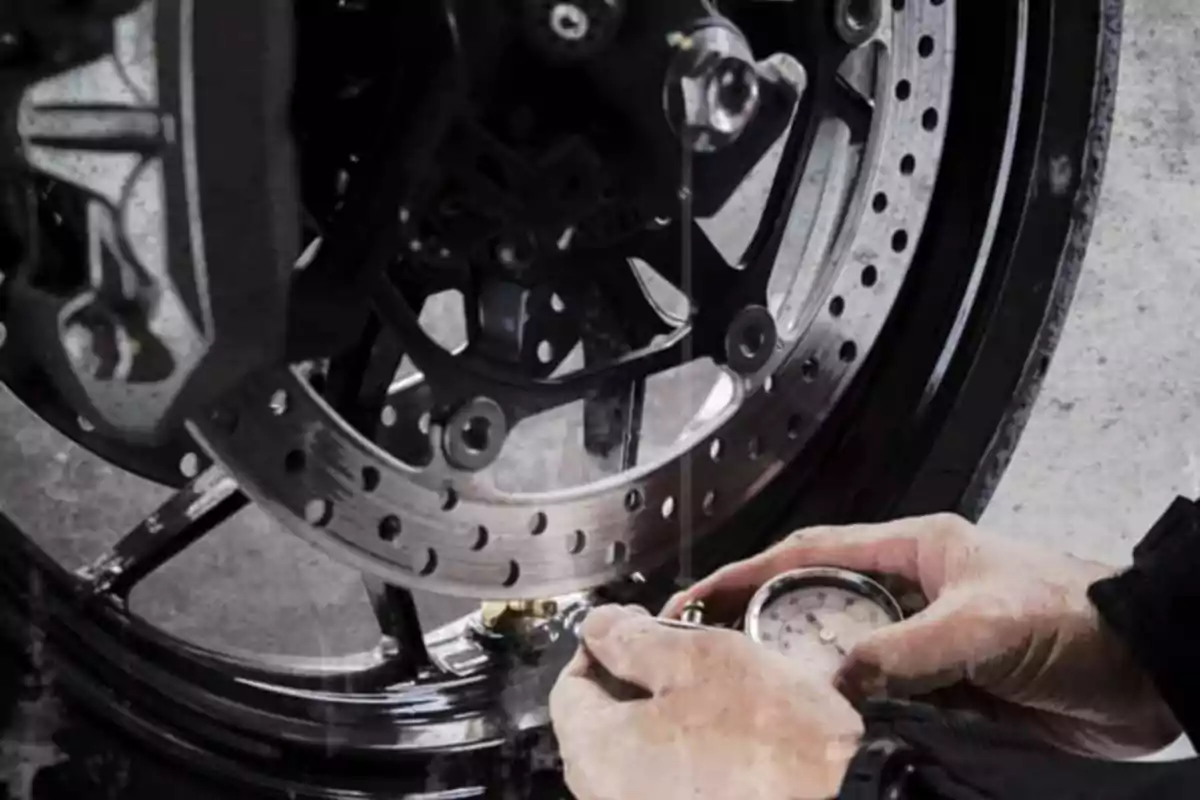
Below 0.12 in. (3 mm), performance on wet roads drops, which is something to keep in mind.
Sometimes, the tread band also deforms. If there have been hard brakings or, precisely, if you've ridden with incorrect pressures.
This can lead to unevenly worn tread, for example, more on the sides than in the center.
ALL MOTORCYCLES AND SCOOTERS FOR THE A2 LICENSE
This, apart from incorrect pressures, can be a sign of other problems such as poorly adjusted or defective suspensions.
It's also not uncommon to see tires with more years than miles. Here comes another factor: age. An old tire, even if it has tread, crystallizes, becomes hard, and loses grip.
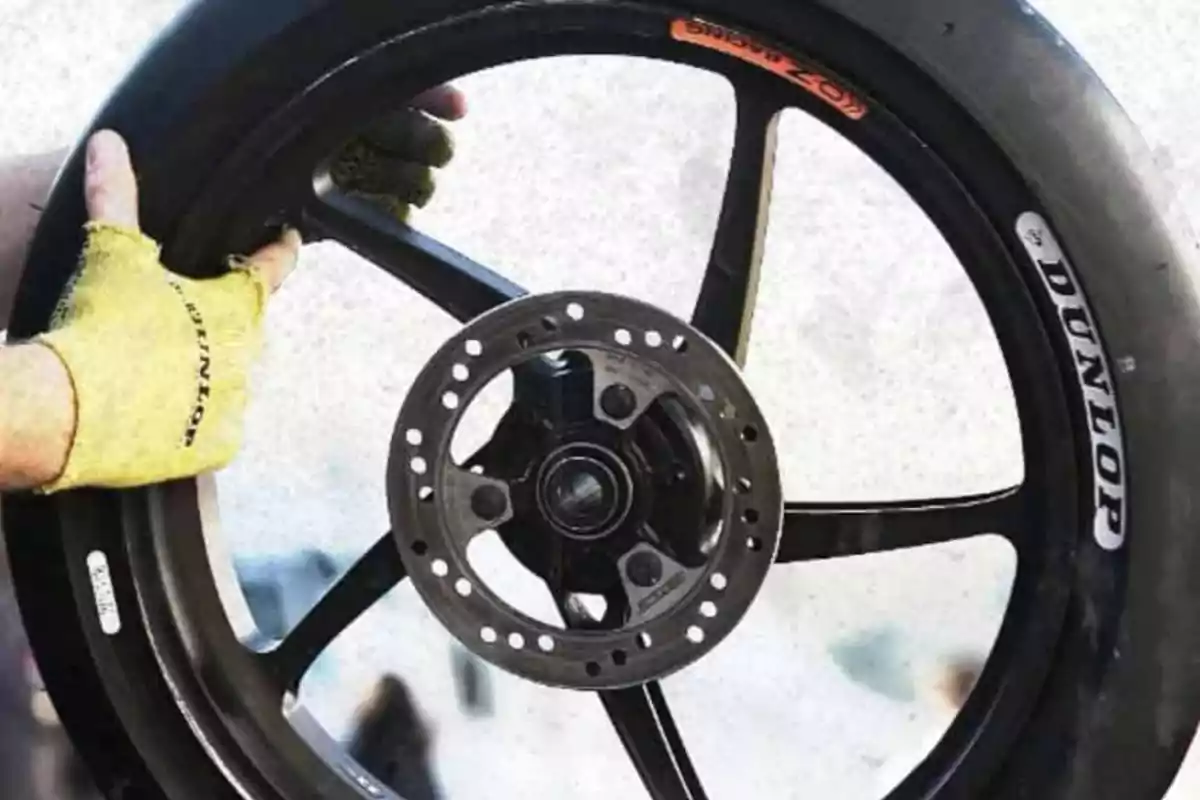
It's not difficult, and you make sure that on your rides the tires work in your favor. Of course, they don't become the origin or cause of a serious problem.
More posts: